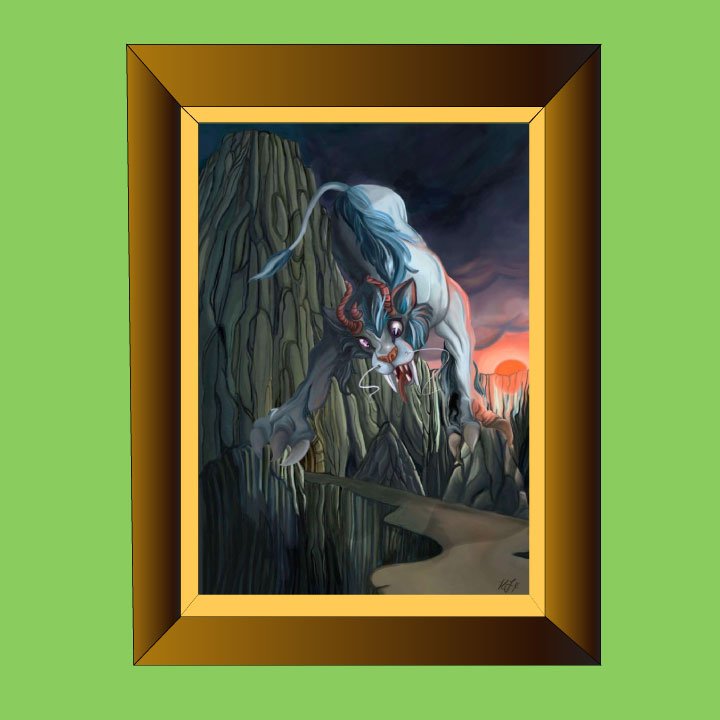When COVID-19 hit, there was an instant collective response of panic. People rushed to fill their pantries with nonperishables and toilet paper. Schools closed, businesses closed, and lives were flipped upside down as our routines were disrupted by lockdowns and uncertainty. In a moment in which we most needed comfort and connection, we were forced to isolate for fear of spreading the virus to our loved ones. I remember countless sleepless nights where I obsessively checked the dashboards and reviewed the little data provided on how this virus operated, who was being affected, and the odds of survival. I called my parents frequently to remind them to “stay home, wash your hands, wear your masks”. I knew then if my father were to become infected, he would not survive. He was elderly and his lungs had much damage from decades of exposure to dust and cement as a mason.
My father was the humblest, hardest-working man with the biggest faith I’ve ever known. He taught me patience, integrity and to never take life seriously as it is but a journey in the span of our existence. As an emigrant from Mexico with an 8th grade education, he faced adversity with relentless courage, and boundless humor. When he contracted COVID in July 2020, my heart shattered and my heart plunged into agony. Even then, Dad persisted: “no te preocupes mija, todo va estar bien” (don’t worry, my daughter, all will be well.) And yet, on July 27th, he passed.
How can things be “well” when our world is shattered as we face our worst fear? Grief is the price of love. Years of working with trauma survivors as a clinician have allowed me to see that not all people can withstand the weight of tragedy and loss. Grief rips away our sense of normalcy, leaving us feeling broken, raw, and exposed. Many people lapse into survival mode to weather grief, a constant battle of managing misery and pain. Unresolved anguish, like unattended mold, can weaken our body structure, infect our attitude with anger, cloud our vision with resentment and spread toxic spores of bitterness towards others. And yet, there are those who rise up in the midst of adversity, seemingly fueled by the pain, and transformed to a more resilient, truer self. Like steel, refined through the fire. But how?
Holocaust survivor Viktor Frankl wrote, “Everything can be taken from a man but one thing: the last of human freedoms – to choose one’s attitude in any given set of circumstances, to choose one’s own way.” The human race has continued to thrive through plagues, war, genocide, famine and tragedy. Death is not the only loss we experience; we also grieve the loss of hope, health, relationships, or such as in this pandemic, loss of “normalcy.” Loss creates change. Change is only constant in life and outside of our control. It is in the acceptance and embracing of change that we can refine and solidify the core of what defines us. Even in the face of death, my father’s courage did not relent as he reaffirmed his identity: “I am a soldier and I will fight till the end – bruised and battered, I will fight until I am called home.” And fight he did.
Just like many other ‘essential’ workers, my sisters, both of whom are nurses, and I had to return to work. With the raw pain of loss, we found ourselves facing others in the midst of the tragedy we had just endured. I had never felt such gratitude for the tool that had become my specialty: Accelerated Resolution Therapy (ART), an evidence-based technique that enables clients to reframe their memories of troubling events. Without ART, I could not have held space for the grief many clients brought to my office. When we experience severe emotional events, the memory is imprinted into our subconscious mind through images. It is this deeply-rooted, emotionally-laden memory that causes our body to experience reactive responses such as extreme fear or panic long after the event has passed. Talking about painful memories can sometimes exacerbate symptoms since we cannot reason our way out of the pain. The subconscious does not speak in words; it speaks in images. Thus, metaphors are the language of emotion.
Clients often share an inability to forget the image of their loved one’s death as it haunts them both in their waking life through flashbacks. ART targets these images through a brief, succinct process called voluntary image replacement. Grief work enables us to redefine the connection to our loved ones through memories of their life, rather than their death. ART helps to facilitate that process. It has enabled me to transform my suffering to fuel my purpose as I help others navigate through the process of healing and post-traumatic growth. Post-traumatic growth is an undergoing of a significant shift in one’s relation with the self and the world. It’s the ability to extract wisdom from suffering, create purpose from the pain and become more of our truest, most powerful selves as we break through perceived limitations. It leads us to acceptance of reality and enables us to feel more connected to our own humanity and that of others as we embrace our vulnerability.
Through ART, I now hold the memory of my father in a space full of love and resoluteness. I see him sitting in my sister’s living room, watching his children chat and grandkids play with a look of blissful pride on his face. It brings comfort to the void left by his departure, a reminder that life is finite. And every time a client returns to my office after an ART session and tells me “The images are gone – all I see is my mother’s smile,” my heart is filled with hope.
For additional information on Estefana Johnson go here.






